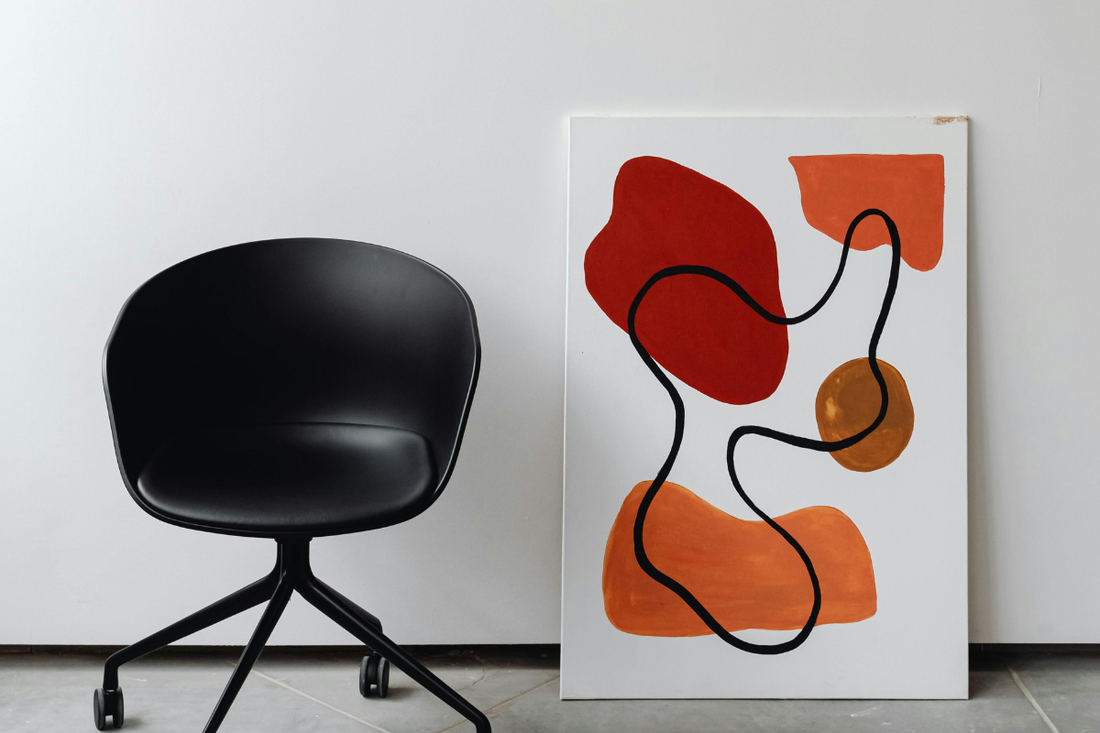
The Art of Print: Understanding Ink Types and Paper Quality for Stunning Results
Sometimes, we become disappointed by a print that quickly fades or looks dull. Do you wonder why some art prints have a vibrant quality that others lack? The selection of ink and paper is crucial, whether you are an artist, a collector, or preserving personal memories. These choices significantly impact the final result.
At The Frame Shop, we believe that beautiful frames deserve equally beautiful prints. And that starts with understanding what you’re printing on—and with. So let’s dive into the world of ink types and paper quality, and explore how they shape the look, longevity, and value of every piece you display.
The Power of the Right Ink: Pigment vs. Dye
Not all inks are created equal. Pigment-based and dye-based inks are the two primary types used in art reproduction, and knowing the difference can save you disappointment—and money.
Pigment inks are made with tiny particles that sit on top of the paper’s surface. This makes them extremely fade-resistant and ideal for archival use. Dye inks, on the other hand, are water-soluble and soak into the paper, offering vibrant color but much less durability.
So, ask yourself: Do I want a print that dazzles today but fades tomorrow, or one that stands the test of time?

Longevity and Lightfastness: Why Fade Matters
Have you ever noticed how some prints change color over time, especially in sunlight? That’s lightfastness in action—or lack of it. Pigment inks offer up to 100+ years of longevity under proper conditions, making them the top choice for professional artists and galleries. Dye-based inks might last a decade or two, but they are far more prone to fading when exposed to UV light. If you’re framing a cherished piece, why risk watching it deteriorate?
Print with Purpose: When to Use Pigment or Dye
There’s a time and place for both ink types.
Use pigment inks for fine art prints, professional photography, archival work, or anything that needs to last.
Use dye inks for quick-turnaround projects, promotional posters, or budget-conscious personal prints.
Are you creating something to cherish—or something temporary?
Understanding Paper Types: Coated vs. Uncoated
Paper is not just a surface—it’s a canvas that influences the entire presentation of your print.
Coated papers (glossy, satin, or matte) are treated to hold ink on the surface, offering vibrant colors and sharp detail. Uncoated papers (like watercolor paper or handmade stock) absorb ink more, creating softer, more organic results. Each type serves a purpose. The question is: What feeling are you trying to convey?

Weight and Texture: Heft Speaks Volumes
In the world of paper, weight matters. Heavier stocks (measured in GSM—grams per square meter) not only feel more premium but also resist warping and creasing.
Texture adds another dimension. Smooth papers suit high-detail photography, while textured papers—like cold press watercolor paper—enhance painterly works and illustrations.
Would you hang a flimsy print beside a masterful painting?
Archival Quality: What to Look For
Look for terms like “acid-free,” “lignin-free,” and “archival grade.” These indicate that the paper won’t yellow, become brittle, or degrade over time. Combining archival paper with pigment ink is the gold standard for preserving your art.
Do you want your framed piece to look better with age—or worse?
Canvas vs. Fine Art Paper: Choosing the Right Base
Fine art prints can be created on paper or canvas, each offering unique benefits. Canvas has a textured, three-dimensional feel that mimics original paintings. Ideal for frameless or gallery-wrapped presentations. Fine art paper offers versatility in finishes (smooth, textured, matte) and works well with traditional framing.
Would you prefer a sleek look or a painterly vibe?
Ink + Paper = Print Chemistry Great printing isn’t just about the components—it’s about how ink and paper work together. Pigment inks sit better on textured surfaces, while dye inks often produce more uniform color on coated paper.
Think of it like wine and cheese. The perfect pairing makes all the difference.
Environmental Impact: Sustainable Choices in Art Printing
Eco-conscious artists and collectors are looking for greener choices. Many fine art papers today are made from cotton rag or bamboo, and some printers use eco-friendly pigment inks. Choosing sustainable materials doesn’t mean compromising on quality.
Want your print to reflect your values as well as your vision?
At The Frame Shop, we’re passionate about every piece we print. That’s why we only use pigment-based inks and museum-quality paper and canvas. Our team understands the nuances of each material and how to bring out the best in your artwork.
When you choose us, you’re not just getting a print—you’re getting a piece that’s made to last, to inspire, and to be proudly displayed.
Whether you’re an artist preparing a gallery show, a collector curating a personal archive, or a parent preserving a family memory, we’re here to help you do it beautifully. Let’s create something timeless together.
